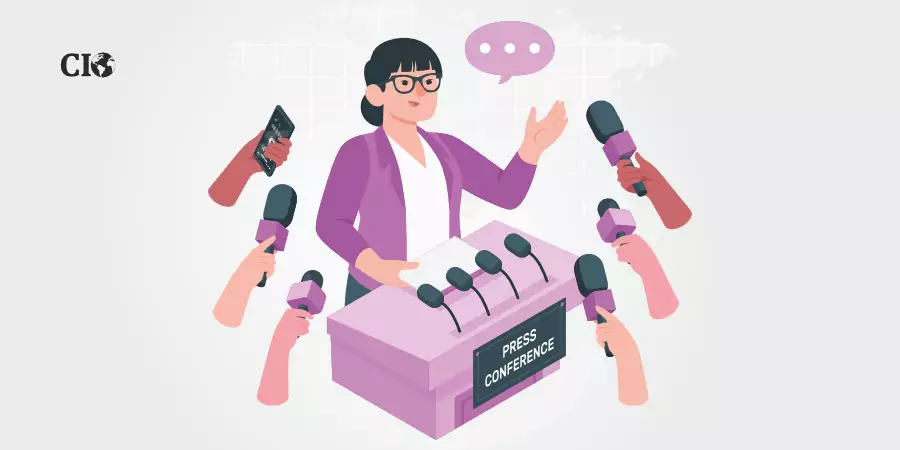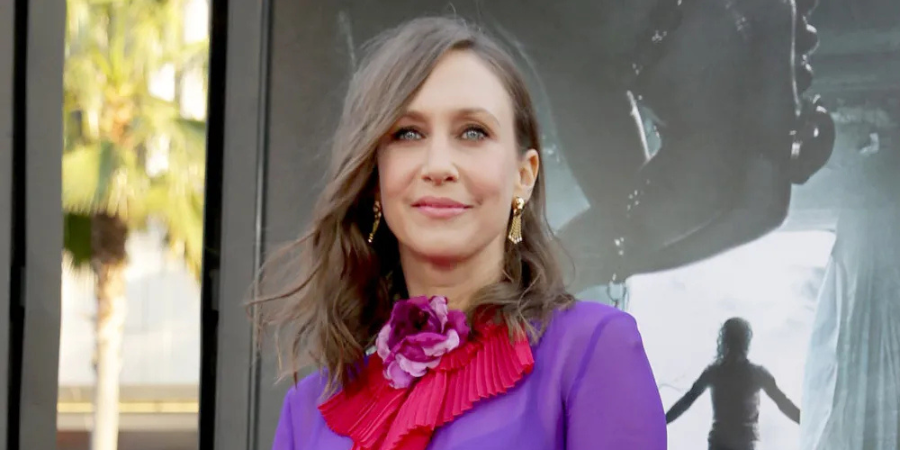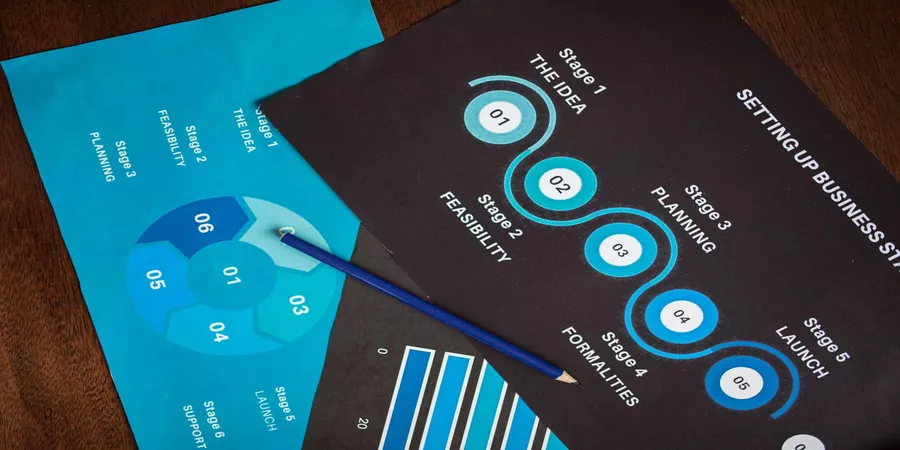In a world often dominated by stories from global power centers, countless voices from underrepresented regions remain unheard, especially those of women. Yet, across continents—from rural villages in Sub-Saharan Africa to mountainous towns in Latin America and remote provinces in Southeast Asia—extraordinary women are stepping forward, challenging limitations, and transforming their communities through courageous leadership and vision.
These rising voices are not only breaking barriers in their immediate environments but are also shaping broader narratives about inclusion, resilience, and empowerment. They embody the truth that leadership does not always begin in boardrooms; often, it begins with a vision to make things better—despite the odds.
A Landscape of Unequal Opportunity
For decades, women in marginalized regions have faced compounded barriers: limited access to education, cultural constraints, poverty, and political instability. In many areas, even the basic act of speaking out has been met with resistance. Yet, these circumstances have not silenced all ambition. In fact, they’ve created a generation of changemakers determined to rewrite the rules.
What makes their leadership so powerful is not only the adversity they overcome but also the grassroots nature of their impact. These women are not waiting for institutional change—they are creating it.
Transforming Communities from the Ground Up
In Kenya, Dr. Auma Obama, sister of former U.S. President Barack Obama, founded the Sauti Kuu Foundation to empower youth in rural areas through education and self-reliance. Rather than relying on foreign aid, she emphasizes sustainable solutions driven by local knowledge and self-belief. Her model encourages rural youth to become leaders in their own right, equipped with practical skills and civic awareness.
Similarly, in the tribal regions of India, Dayamani Barla, often referred to as the “Iron Lady of Jharkhand,” has led major environmental and indigenous rights campaigns. As a journalist and activist, she uses her voice to fight against corporate land grabs and protect tribal livelihoods. Her leadership has brought international attention to issues that were long ignored within her own country.
These examples reveal a shared trait among female leaders in underrepresented regions: a deep-rooted commitment to justice and equity, grounded in their personal understanding of marginalization.
Education as a Catalyst for Leadership
Access to education is often the first step in altering the trajectory of a community. Many female leaders emerging from underrepresented regions are the first in their families—or even their villages—to receive formal education. This access not only opens doors for personal growth but positions them to challenge cultural norms and inspire others to follow.
In Afghanistan, Pashtana Durrani, founder of LEARN Afghanistan, has continued advocating for girls’ education even in the face of Taliban restrictions. Using digital tools, she delivers learning content to girls who are otherwise banned from classrooms. Her courage exemplifies how technology, combined with determination, can bypass even the most rigid systems of suppression.
In Latin America, Claudia López, the first openly gay woman elected mayor of Bogotá, Colombia, rose from a humble background to become one of the region’s most progressive voices in politics. Her journey from investigative journalism to public office highlights how education and civic engagement can become powerful instruments of reform.
Redefining Political Leadership
Politics in underrepresented regions often mirrors deeply entrenched gender norms. Women leaders who rise in such environments often face a dual challenge—proving their political competence while combating ingrained biases.
In Rwanda, a country rebuilding from one of the worst genocides in modern history, women have played a crucial role in national healing. With one of the highest rates of female parliamentary representation in the world, leaders like Jeannette Kagame, the First Lady, have championed health care, education, and gender equity as pillars of national recovery.
Another powerful example is Ellen Johnson Sirleaf of Liberia—the first female president in Africa. Her election marked a monumental shift for women across the continent. Her legacy continues to inspire young girls in war-torn and patriarchal societies to consider public service as a viable and impactful path.
These women challenge the notion that leadership must look or sound a certain way. They are not replicas of Western politicians; they are leaders with unique cultural insight, rooted in the struggles and aspirations of their people.
Women in Business and Innovation
In the business world, women from underrepresented regions are breaking molds and building enterprises that reflect both local values and global aspirations.
Bethlehem Tilahun Alemu, a self-made entrepreneur from Ethiopia, turned traditional Ethiopian shoe-making into a global fashion movement through her brand SoleRebels. By hiring local artisans and using sustainable materials, she proved that ethical, community-rooted businesses can scale internationally without compromising authenticity.
In the Philippines, Maria Ressa, though better known for journalism, also leads a digital media company—Rappler—that combines tech innovation with fearless truth-telling. Her business acumen lies in her ability to balance editorial integrity with digital strategy in a region where press freedom is under constant threat.
These women are not only participating in business—they are redefining its purpose. They center human dignity, sustainability, and inclusion in every decision they make, challenging extractive economic models and replacing them with value-driven entrepreneurship.
The Power of Representation
Representation plays a critical role in breaking stereotypes and inspiring the next generation. When girls in remote villages or underserved cities see someone who looks like them succeed, it sparks the belief that they too can lead.
Visibility creates possibility. That’s why platforms that amplify these stories matter. Unfortunately, global media often prioritizes voices from already-privileged areas, leaving the achievements of women in rural, indigenous, or conflict-affected regions out of the spotlight. But as awareness grows, so does the responsibility to ensure their narratives are shared with integrity, nuance, and impact.
Social media and digital storytelling have become powerful tools in this regard. Many female leaders from remote areas now use these platforms to share their journeys, engage supporters, and raise awareness about their causes. This digital presence is helping dismantle isolation and connecting local issues to global audiences.
Toward a More Inclusive Future
The rise of inspiring female leaders from underrepresented regions is a quiet revolution—one built not with fanfare but with resilience, purpose, and a long-term vision for change. These women are not waiting for change to be handed to them; they are creating it through education, advocacy, innovation, and enterprise.
Their leadership styles reflect their communities—collaborative, empathetic, and impact-driven. In doing so, they are not only improving lives around them but also reshaping what global leadership can and should look like.
As the world grapples with challenges like inequality, climate change, and political instability, the inclusion of diverse voices in decision-making becomes not just desirable but essential. The world needs leadership that is bold yet inclusive, firm yet compassionate—and these rising voices are showing us how that’s done.







